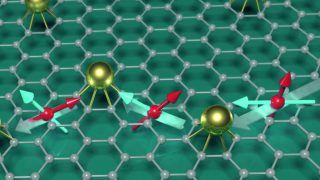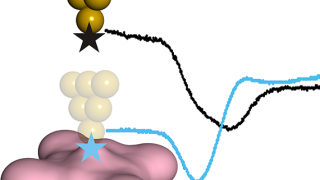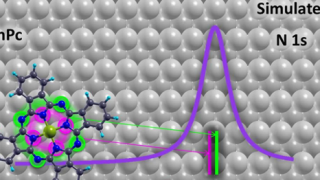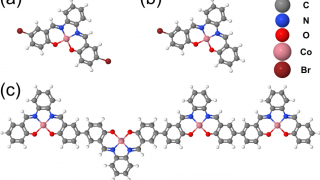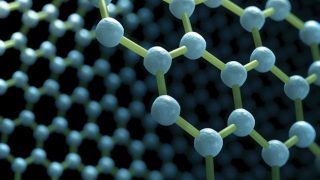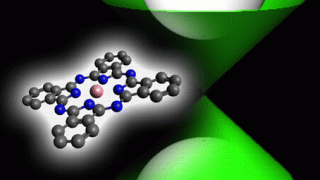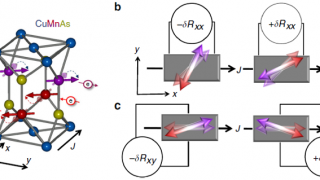
Detection of the reversal of magnetic moments in an antiferromagnet
Condensed matter • Materials • Nanotechnology • Quantum physics
Some metals, alloys and transition-element salts exhibit a form of magnetism called antiferromagnetism. This occurs below a certain temperature, named after Louis Néel, when an ordered array of atomic magnetic moments spontaneously forms in which alternate moments have opposite directions. There is therefore no net resultant magnetic moment in the absence of an applied field […]
